Year 2
The English curriculum is built around the three interrelated strands of language, literature and literacy. Teaching and learning programs should balance and integrate all three strands. Together, the strands focus on developing students' knowledge, understanding and skills in listening, reading, viewing, speaking, writing and creating. Learning in English builds on concepts, skills and processes developed in earlier years, and teachers will revisit and strengthen these as needed.
In Year 2, students communicate with peers, teachers, students from other classes and community members.
Students engage with a variety of texts for enjoyment. They listen to, read, view and interpret spoken, written and multimodal texts in which the primary purpose is to entertain, as well as texts designed to inform and persuade. These encompass traditional oral texts, picture books, various types of print and digital stories, simple chapter books, rhyming verse, poetry, non-fiction, film, multimodal texts, dramatic performances and texts used by students as models for constructing their own work.
The range of literary texts for Foundation to Year 10 comprises Australian literature, including the oral narrative traditions of Aboriginal and Torres Strait Islander Peoples, as well as the contemporary literature of these two cultural groups, and classic and contemporary world literature, including texts from and about Asia.
Literary texts that support and extend Year 2 students as independent readers involve sequences of events that span several pages and present unusual happenings within a framework of familiar experiences. Informative texts present new content about topics of interest and topics being studied in other areas of the curriculum. These texts include language features such as varied sentence structures, some unfamiliar vocabulary, a significant number of high-frequency sight words and words that need to be decoded phonically, and a range of punctuation conventions, as well as illustrations and diagrams that support and extend the printed text.
Students create a range of imaginative, informative and persuasive texts including imaginative retellings, reports, performances, poetry and expositions.
(source: www.australiancurriculum.edu.au)
Achievement Standard
Receptive modes (listening, reading and viewing)
By the end of Year 2, students understand how similar texts share characteristics by identifying text structures and language features used to describe characters and events, or to communicate factual information.
They read texts that contain varied sentence structures, some unfamiliar vocabulary, a significant number of high-frequency sight words and images that provide extra information. They monitor meaning and self-correct using knowledge of phonics, syntax, punctuation, semantics and context. They use knowledge of a wide variety of letter-sound relationships to read words of one or more syllables with fluency. They identify literal and implied meaning, main ideas and supporting detail. Students make connections between texts by comparing content. They listen for particular purposes. They listen for and manipulate sound combinations and rhythmic sound patterns.
Productive modes (speaking, writing and creating)
When discussing their ideas and experiences, students use everyday language features and topic-specific vocabulary. They explain their preferences for aspects of texts using other texts as comparisons. They create texts that show how images support the meaning of the text.
Students create texts, drawing on their own experiences, their imagination and information they have learnt. They use a variety of strategies to engage in group and class discussions and make presentations. They accurately spell words with regular spelling patterns and spell words with less common long vowel patterns. They use punctuation accurately, and write words and sentences legibly using unjoined upper- and lower-case letters.
(source: www.australiancurriculum.edu.au)
- Plus Plan
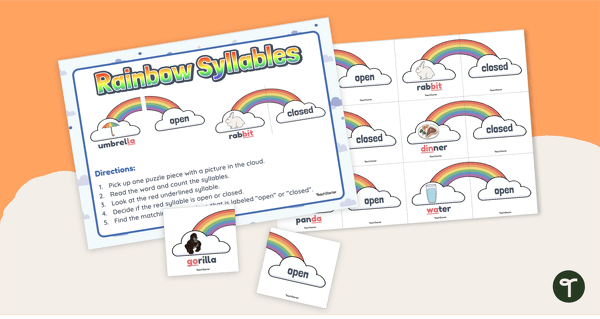
Open and Closed Syllables Match Up Activity
Practise identifying open and closed syllables with a rainbow-themed matching activity.
- Plus Plan
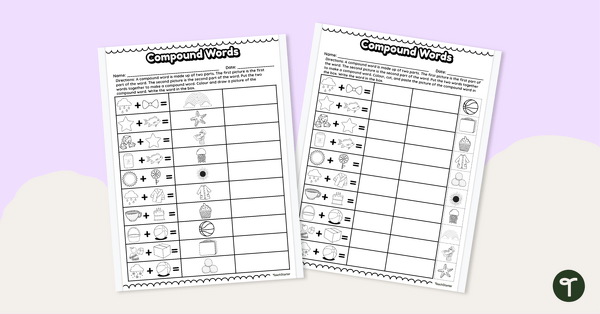
Read and Write Compound Words Worksheet
Explore compound words with these differentiated worksheets for early learners.
- Plus Plan
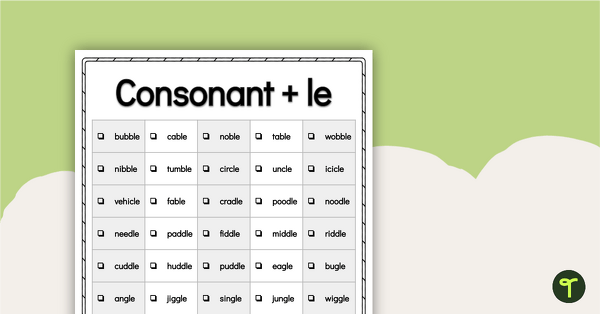
Word Study List - Consonant + LE
Introduce and explore two-syllable words containing a consonant + le syllable with this extensive list.
- Plus Plan
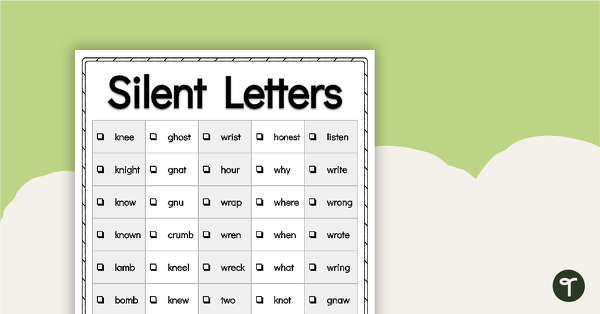
Word Study List - Silent Letters
Introduce and explore words containing silent letters with this extensive list of words.
- Plus Plan
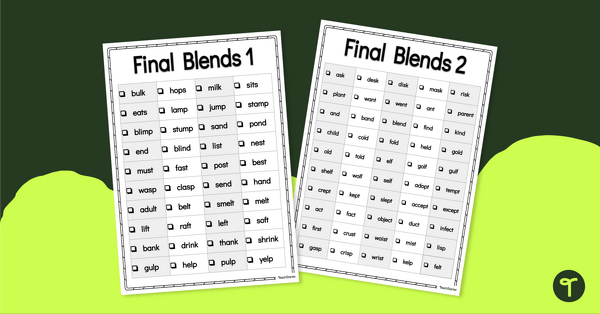
Word Study List - Final Blends
Introduce and explore words containing final blends with this extensive list of words.
- Plus Plan
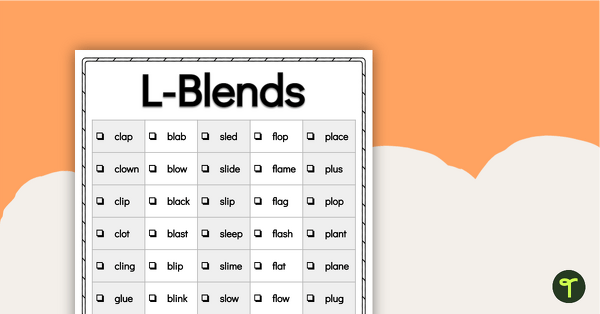
Word Study List - L Blends
Introduce and explore words containing an initial l-blend with this extensive list of words.
- Plus Plan
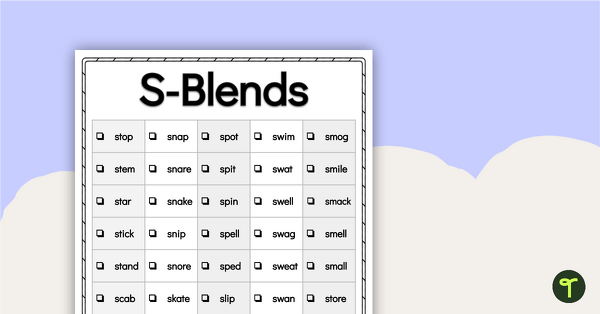
Word Study List - S Blends
Introduce and explore words containing an initial s-blend with this extensive list of words.
- Plus Plan
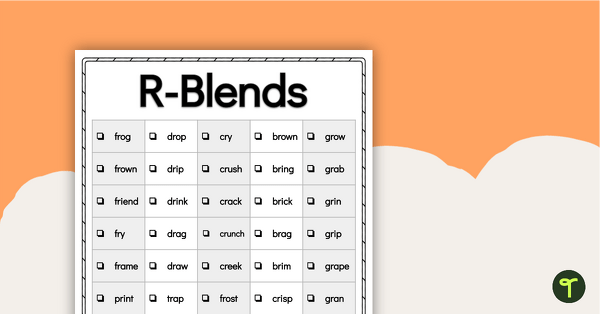
Word Study List - R Blends
Introduce and explore words containing an initial r-blend with this extensive list of words.
- Plus Plan
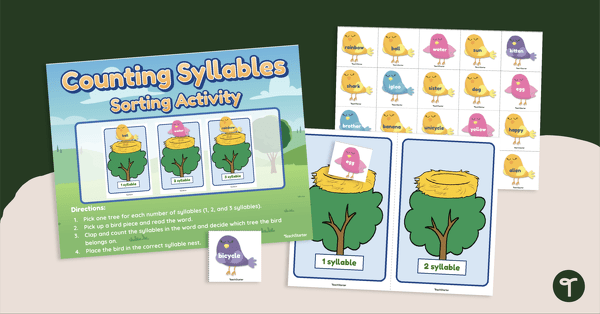
Counting Syllables Sorting Activity - Birds
Save the baby birds by clapping and counting syllables in words with this syllable sorting activity.
- Plus Plan
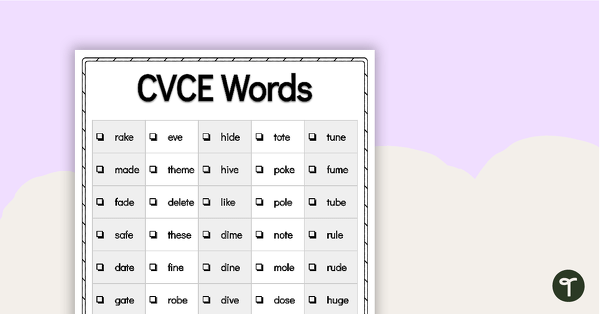
Word Study List - CVCE Words
Introduce and explore words containing the ‘magic e’ with this extensive list of CVCE words.
- Plus Plan
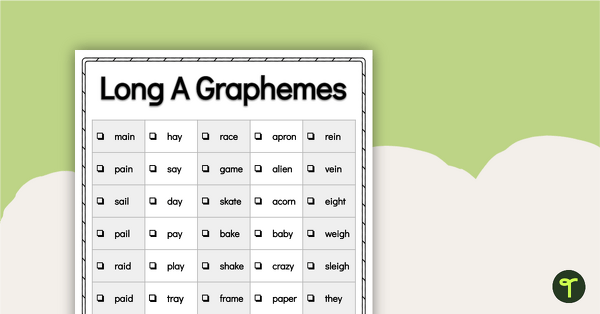
Word Study List - Long A Graphemes
Introduce and explore words containing graphemes that make the ‘long a’ sound with this extensive list of words.
- Plus Plan
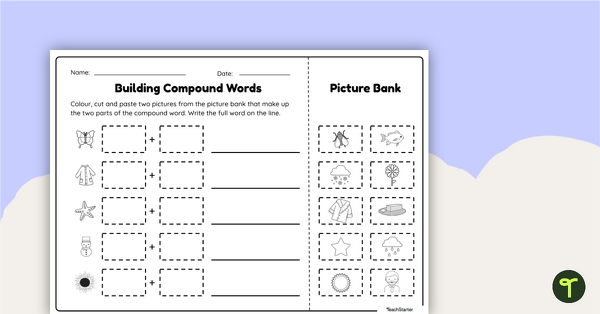
Building Compound Words - Cut and Paste Worksheet
Cut, paste, and write to form open and closed compound words with a word-building worksheet.
- Plus Plan
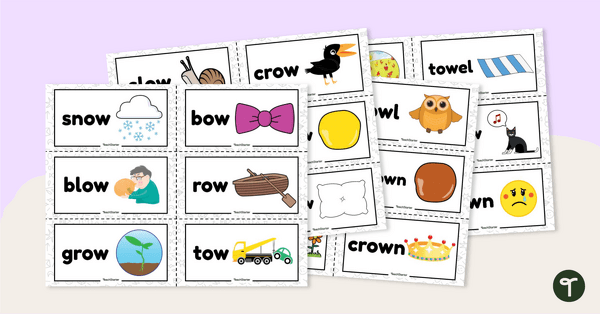
The OW Digraph - Sorting Activity
Practise reading words containing the 'ow' digraph using this hands-on sorting activity.
- Plus Plan
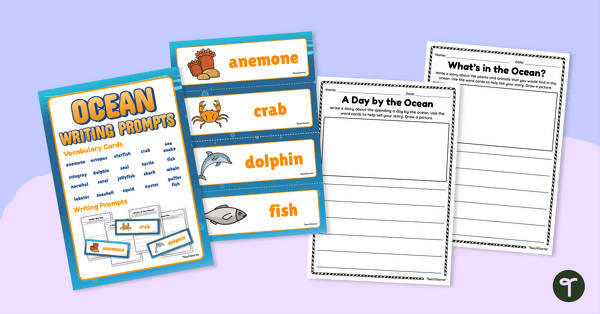
Ocean-Themed Flashcards and Writing Prompts
Build vocabulary and writing skills with this ocean-themed writing activity.
- Plus Plan
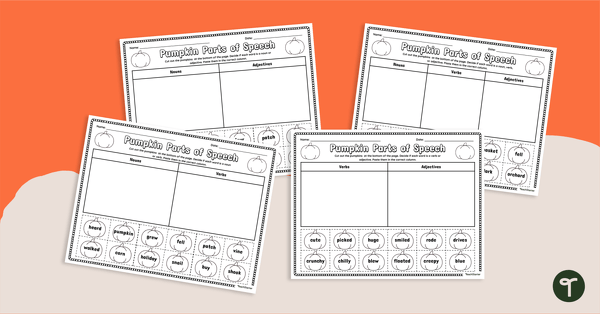
Pumpkin-Themed Parts of Speech Worksheets
Review key parts of speech by sorting nouns, verbs and adjectives with these four pumpkin-themed worksheets.
- Plus Plan
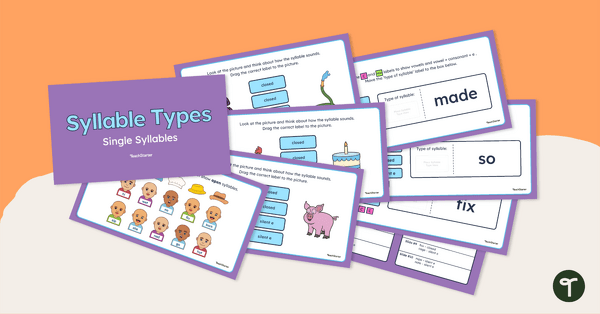
Syllable Types – Single Syllable Interactive Activity
Identify types of syllables in single syllable words with this Google Slides Interactive activity.
- Plus Plan

How Are You Feeling Today? Poster
Help students to recognise and identify their feelings and emotions with this colourful classroom display poster.
- Plus Plan
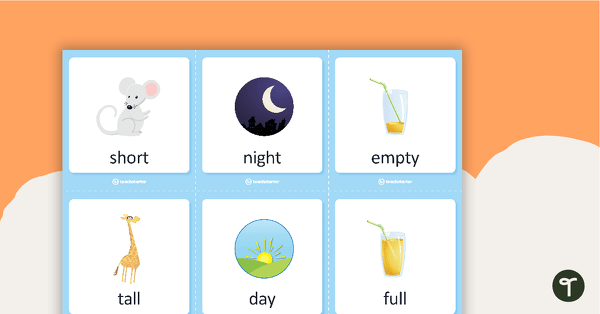
Opposites Card Game
A diverse set of cards to help students learn about opposite language.
- Plus Plan
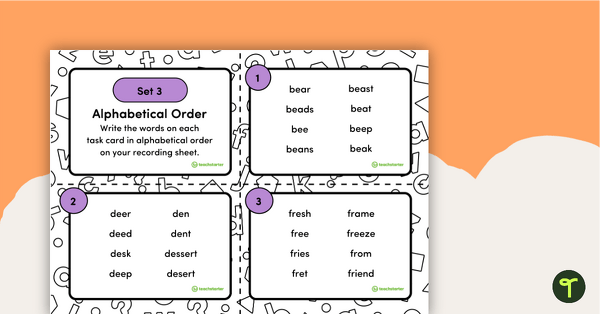
Alphabetical Order Task Cards – Set 3
A set of 11 task cards alphabetising a series of words to the third letter.
- Plus Plan
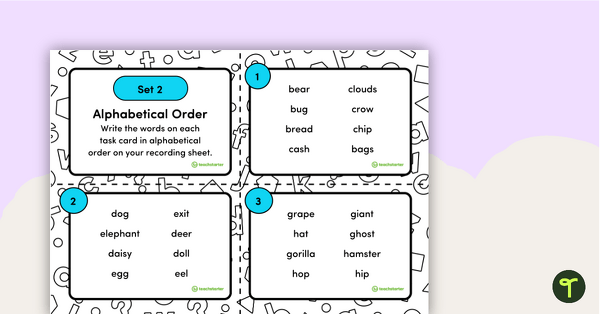
Alphabetical Order Task Cards – Set 2
A set of 11 task cards alphabetising a series of words to the first and second letters.
- Plus Plan
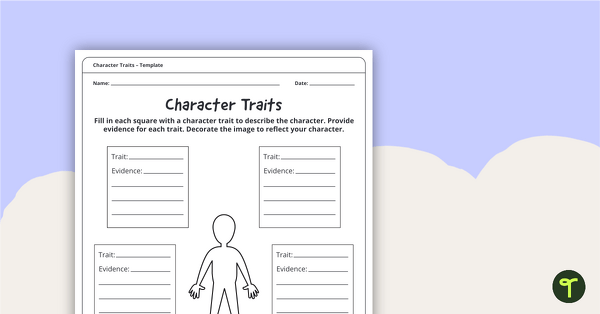
Character Traits Graphic Organiser
Describe the most notable mental and moral qualities of a real or fictional person.
- Plus Plan
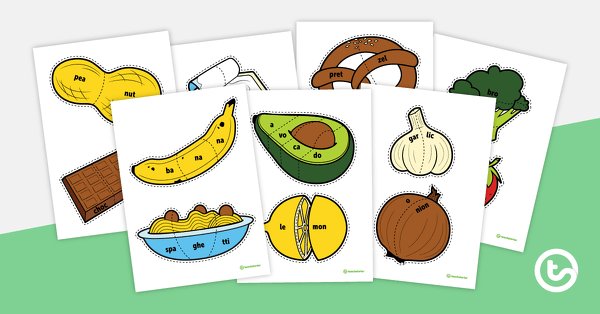
Food-Themed Syllable Puzzle
A fun food-themed phonics activity for lower years that helps to develop syllable recognition.
- Plus Plan
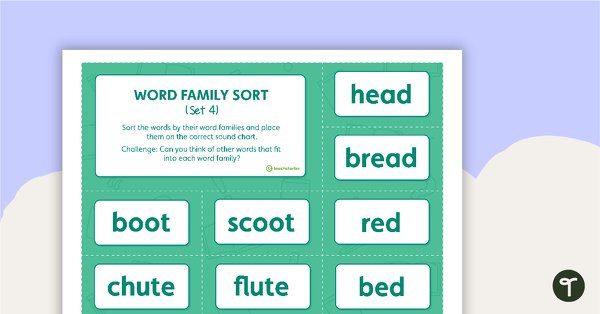
Word Family Sorting Activity – Set 4
A sorting activity to practice word families.
- Plus Plan
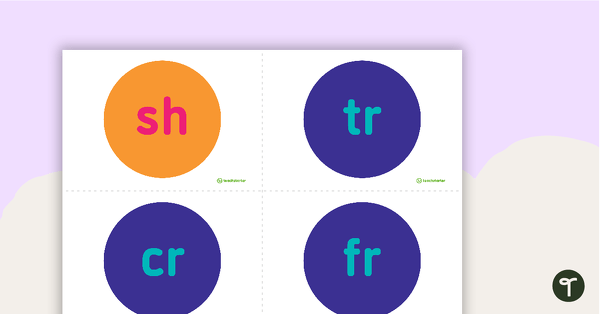
Blend and Digraph Cards
A set of 32 blend and digraph cards that can be used in a variety of ways.
- Plus Plan
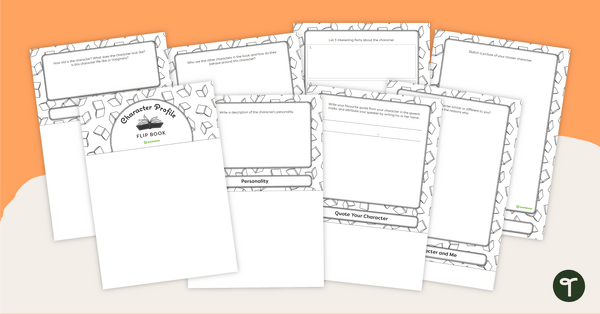
Character Profile Flip Book - Lower Primary
Explore story characters with this flipbook template for lower primary students.
- Plus Plan
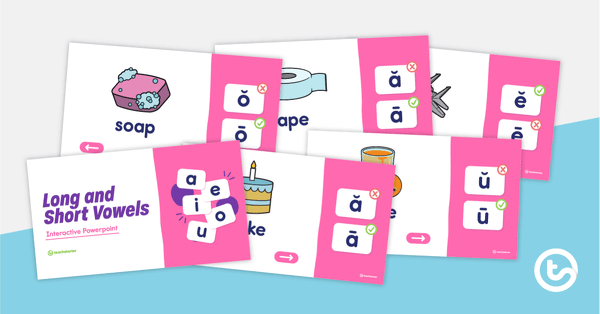
Differentiating Long and Short Vowels Interactive PowerPoint
An interactive quiz to practise differentiating between long and short vowel sounds in words.
- Plus Plan
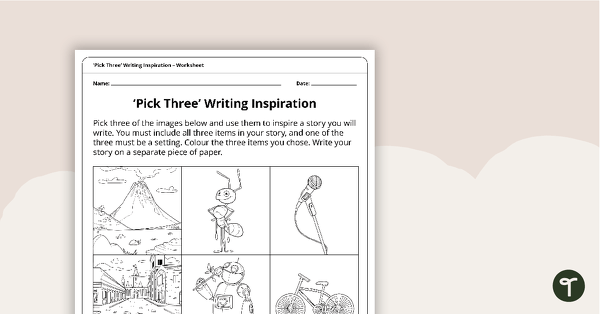
'Pick Three' Writing Inspiration Worksheet
A worksheet to use when students need writing inspiration for a narrative piece.
- Plus Plan
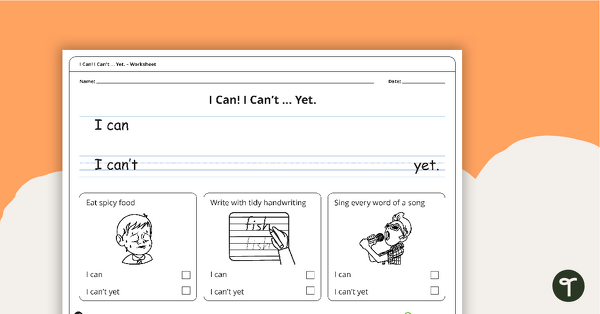
I Can! I Can't ... Yet. – Handwriting Worksheet (Version 4)
A handwriting worksheet designed to help students goal set by reflecting on what they can and cannot do yet.
- Plus Plan
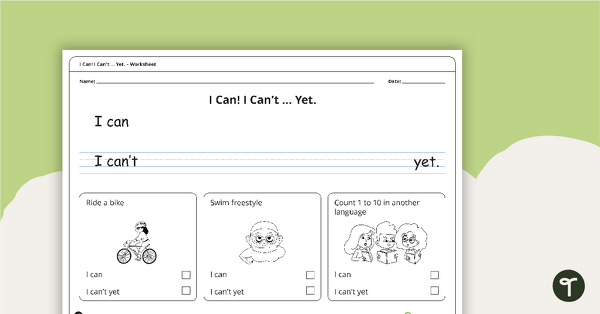
I Can! I Can't ... Yet. – Handwriting Worksheet (Version 3)
A handwriting worksheet designed to help students goal set by reflecting on what they can and cannot do yet.
- Plus Plan

I Can! I Can't ... Yet. – Handwriting Worksheet (Version 2)
A handwriting worksheet designed to help students goal set by reflecting on what they can and cannot do yet.
- Plus Plan
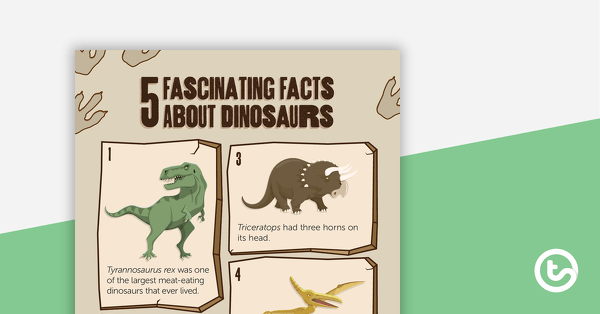
5 Fascinating Facts About Dinosaurs – Worksheet
A comprehension worksheet for a fascinating facts article from the Year 1 magazine (Issue 2).
- Plus Plan
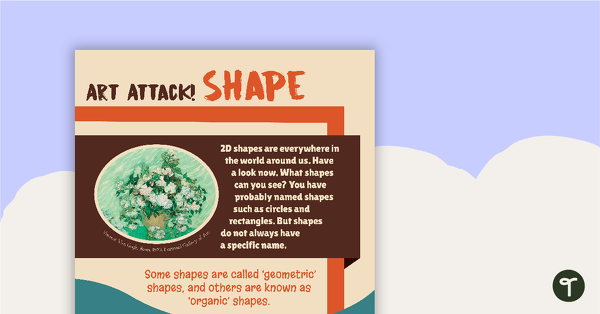
Art Attack! Shape – Worksheet
A comprehension worksheet for a magazine article from the Year 2 magazine (Issue 3).